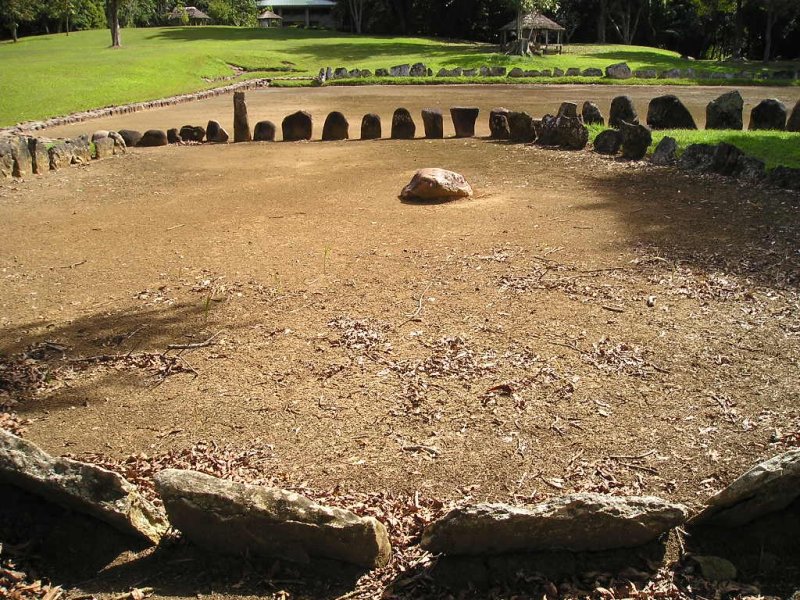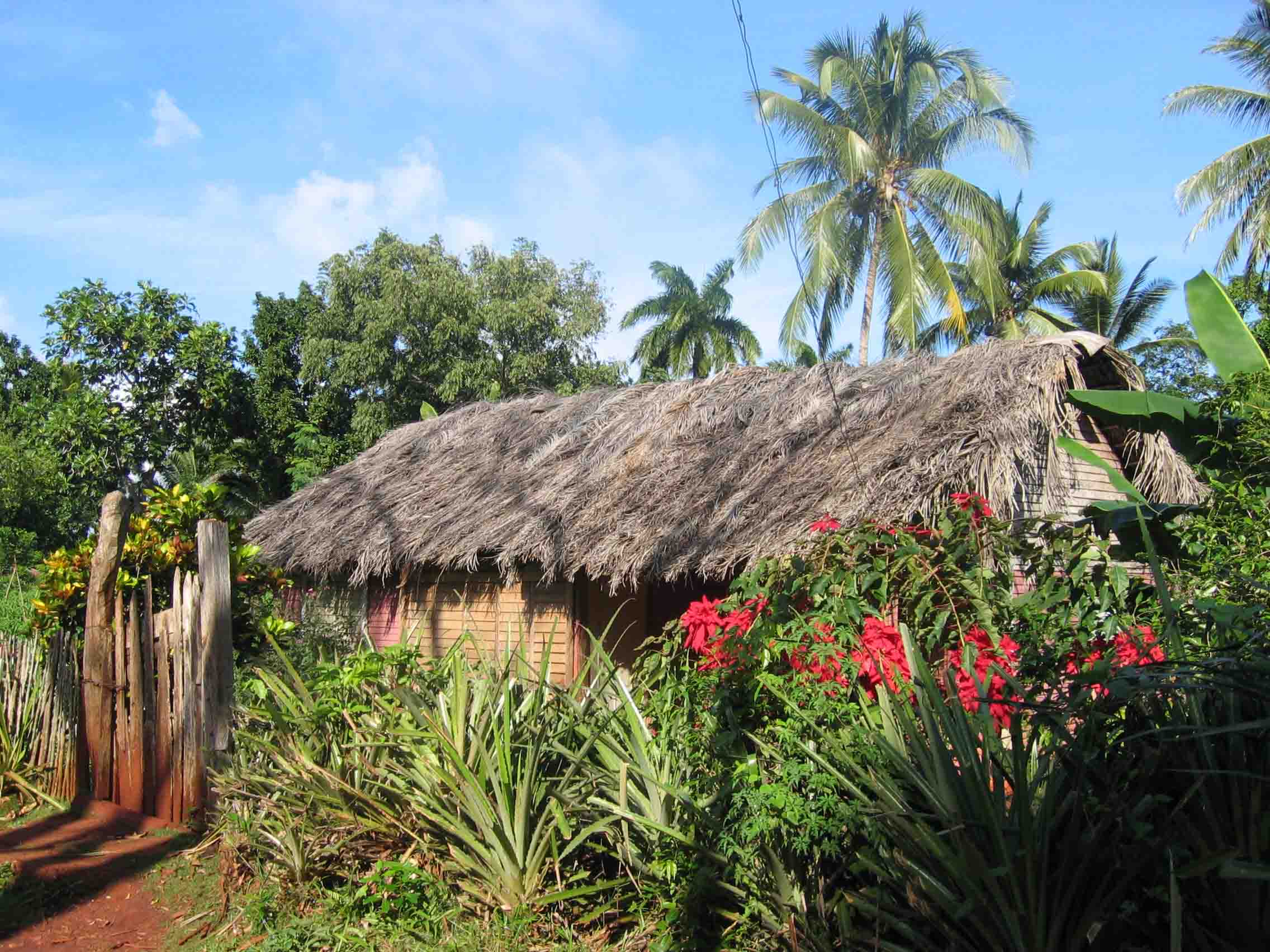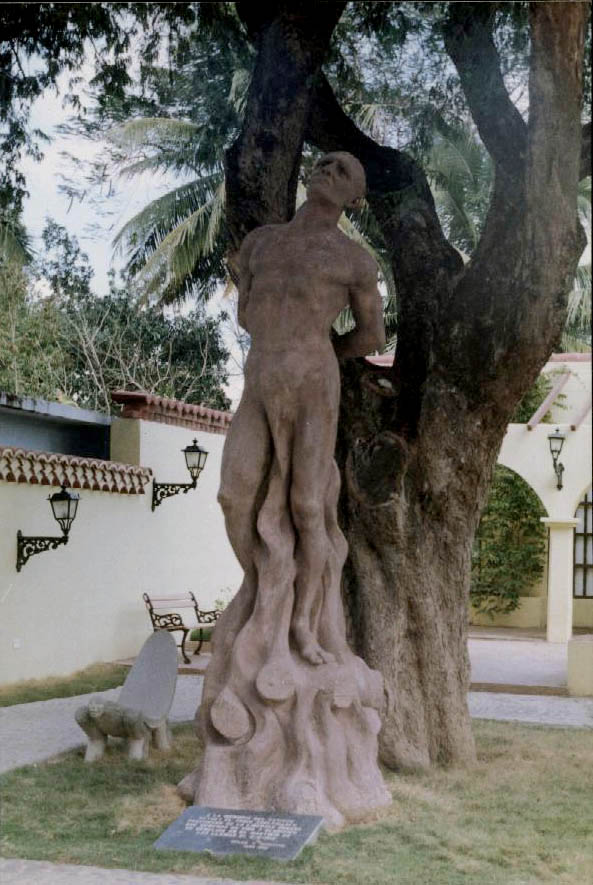|
Diego Velázquez De Cuéllar
Diego Velázquez de CuéllarPronounced: (1465 – c. June 12, 1524) was a Spanish ''conquistador'' and ''adelantado'' who was first governor of Cuba. In 1511 he led the successful conquest and colonization of Cuba. As the first governor of the island, he established several municipalities that remain important to this day and positioned Cuba as a center of trade and a staging point for expeditions of conquest elsewhere. From Cuba, he chartered important expeditions that led to the Spanish discovery and conquest of the Aztec Empire. Early life Little is known about the early life of Velázquez. He was born in Cuéllar around 1465, in the Segovia region of Spain. For a time he was a member of the Spanish military and served in Naples. Afterward, he returned to Spain and lived in Seville. In September 1493, Velázquez was one of 1,500 men who sailed with Columbus on his second voyage to the New World. Velázquez never returned to Spain.Florstedt 1942 Velázquez settled on ... [...More Info...] [...Related Items...] OR: [Wikipedia] [Google] [Baidu] |
Joanna I Of Castile
Joanna of Castile (6 November 1479 – 12 April 1555), historically known as Joanna the Mad (), was the nominal queen of Castile from 1504 and queen of Aragon from 1516 to her death in 1555. She was the daughter of Queen Isabella I of Castile and King Ferdinand II of Aragon. Joanna was married by arrangement to the Austrian archduke Philip the Handsome on 20 October 1496.Bethany Aram, ''Juana the Mad: Sovereignty and Dynasty in Renaissance Europe'' (Baltimore, Johns Hopkins UP, 2005), p. 37 Following the deaths of her elder brother John, Prince of Asturias, John, elder sister Isabella of Aragon, Queen of Portugal, Isabella, and nephew Miguel da Paz, Prince of Portugal, Miguel between 1497 and 1500, Joanna became the heir presumptive to the crowns of Crown of Castile, Castile and Crown of Aragon, Aragon. When her mother died in 1504, she became queen of Castile. Her father proclaimed himself governor and administrator of Castile.Bergenroth, G A, Introduction. Letters, Despatches, ... [...More Info...] [...Related Items...] OR: [Wikipedia] [Google] [Baidu] |
Taíno
The Taíno are the Indigenous peoples of the Caribbean, Indigenous peoples of the Greater Antilles and surrounding islands. At the time of European contact in the late 15th century, they were the principal inhabitants of most of what is now The Bahamas, Cuba, the Dominican Republic, Haiti, Jamaica, Puerto Rico, and the northern Lesser Antilles. The Lucayan people, Lucayan branch of the Taíno were the first New World peoples encountered by Christopher Columbus, in the Lucayan Archipelago, Bahama Archipelago on October 12, 1492. The Taíno historically spoke an Arawakan languages, Arawakan language. Granberry and Vescelius (2004) recognized two varieties of the Taino language: "Classical Taino", spoken in Puerto Rico and most of Hispaniola, and "Ciboney Taino", spoken in the Bahamas, most of Cuba, western Hispaniola, and Jamaica. They lived in agricultural societies ruled by caciques with fixed settlements and a Matrilineality, matrilineal system of kinship and inheritance. Taíno ... [...More Info...] [...Related Items...] OR: [Wikipedia] [Google] [Baidu] |
Vasco Porcallo De Figueroa
Vasco Porcallo de Figueroa (; Cáceres, Extremadura, Spain, Puerto Príncipe, Cuba, 1550) was a Spanish conquistador. He played a significant role in the early colonization of the Americas, including the subjugation of the Higüey and Jaragua provinces under Nicolás de Ovando's governorship in Santo Domingo. Porcallo de Figueroa founded several settlements in Cuba, including Sancti Spíritus and what later became Remedios, but in the time after its founding was called "Santa Cruz de la Savana de Vasco Porcallo". He became notorious for his brutal treatment of the indigenous Siboneyes, and is also recognized for importing the first African slaves to Cuba. Early life Vasco Porcallo de Figueroa was born in Cáceres, Spain, into a noble family with connections to the Portuguese nobility and the Spanish Counts of Feria. After serving in military campaigns in Spain and Italy, he traveled to the Americas, arriving in Santo Domingo in 1502 under the sponsorship of Governor Nicolás ... [...More Info...] [...Related Items...] OR: [Wikipedia] [Google] [Baidu] |
Juan De Grijalva
Juan de Grijalva (; c. 1490 – 21 January 1527) was a Spanish conquistador, and a relative of Diego Velázquez.Diaz de Castillo, Bernal. 1963, The Conquest of New Spain, London: Penguin Books, He went to Hispaniola in 1508 and to Cuba in 1511. He was one of the early explorers of the Mexican coastline, and was killed by natives in Honduras on 21 January 1527. 1518 expedition In 1518, Grijalva became one of the first to explore the shores of Mexico. According to Hernán Cortés, 170 people went with him, but according to Pedro Mártir, there were 300 people. The main pilot was Antón de Alaminos, the other pilots were Juan Álvarez (also known as ''el Manquillo''), Pedro Camacho de Triana, and Grijalva. Other members included Francisco de Montejo, Pedro de Alvarado, Bernal Díaz del Castillo, Juan Díaz, Francisco Peñalosa, Alonso de Ávila, Alonso Hernández, Antonio Villafaña and two natives from Yucatan, Julianillo (''Julian'') and Melchorejo (''Melchor''), who we ... [...More Info...] [...Related Items...] OR: [Wikipedia] [Google] [Baidu] |
Havana
Havana (; ) is the capital and largest city of Cuba. The heart of La Habana Province, Havana is the country's main port and commercial center.Cuba ''The World Factbook''. Central Intelligence Agency. It is the most populous city, the largest by area, and the List of metropolitan areas in the West Indies, second largest metropolitan area in the Caribbean region. The population in 2012 was 2,106,146 inhabitants, and its area is for the capital city side and 8,475.57 km2 for the metropolitan zone. Its official population was 1,814,207 inhabitants in 2023. Havana was founded by the Spanish Empire, Spanish in the 16th century. It served as a springboard for the Spanish colonization of the Americas, Spanish conquest of ... [...More Info...] [...Related Items...] OR: [Wikipedia] [Google] [Baidu] |
Pánfilo De Narváez
Pánfilo de Narváez (; born 1470 or 1478, died 1528) was a Spanish ''conquistador'' and soldier in the Americas. Born in Spain, he first sailed to the island of Jamaica (then Santiago) in 1510 as a soldier. Pánfilo participated in the conquest of Cuba and led an expedition to Camagüey, escorting Bartolomé de las Casas. He is best remembered as the leader of two failed expeditions, the first of which began in 1519 and ended in 1520 after defeat and capture in battle against Hernán Cortés. Pánfilo's second expedition, the Narváez expedition, began in 1527 and ended for him with his death the following year. Only four men returned from it, reaching present-day Mexico City in 1536. He was named an '' adelantado'' by King Carlos V before embarking on that final expedition. Birth and family Pánfilo de Narváez was born in Castile (in either Navalmanzano, near Cuéllar, or Valladolid) in 1470 or 1478. He was a relative of Diego Velázquez de Cuéllar, the first Spa ... [...More Info...] [...Related Items...] OR: [Wikipedia] [Google] [Baidu] |
Baracoa
Baracoa, whose full original name is: ''Nuestra Señora de la Asunción de Baracoa'' ("Our Lady of the Assumption of Baracoa"), is a municipality and city in Guantánamo Province near the eastern tip of Cuba. It was visited by Admiral Christopher Columbus on November 27, 1492, and then founded by the first governor of Cuba, the Spanish conquistador Diego Velázquez de Cuéllar on August 15, 1511. It is the oldest Spanish settlement in Cuba and was its first capital (the basis for its nickname ''Ciudad Primada'', "First City"). Geography Baracoa is located on the spot where Christopher Columbus landed in Cuba on his first voyage. It is thought that the name stems from the indigenous Taíno language word meaning "the presence of the sea". Baracoa lies on the Bay of Honey (''Bahía de Miel'') and is surrounded by a wide mountain range (including the Sierra del Purial), which causes it to be quite isolated, apart from a single mountain road built in the 1960s.The Baracoa mountain ra ... [...More Info...] [...Related Items...] OR: [Wikipedia] [Google] [Baidu] |
Bartolomé De Las Casas
Bartolomé de las Casas, Dominican Order, OP ( ; ); 11 November 1484 – 18 July 1566) was a Spanish clergyman, writer, and activist best known for his work as an historian and social reformer. He arrived in Hispaniola as a layman, then became a Dominican Order, Dominican friar. He was appointed as the first resident Roman Catholic Diocese of San Cristóbal de Las Casas, Bishop of Chiapas, and the first officially appointed "Protector of the Indians". His extensive writings, the most famous being ''A Short Account of the Destruction of the Indies'' and ''Historia de Las Indias'', chronicle the first decades of colonization of the Spanish West Indies, Caribbean islands. He described and railed against the atrocities committed by the conquistadores against the Indigenous peoples. Arriving as one of the first Spanish settlers in the Americas, Las Casas initially participated in the colonial economy built on forced Indigenous labor, but eventually felt compelled to oppose the abuse ... [...More Info...] [...Related Items...] OR: [Wikipedia] [Google] [Baidu] |
Hatuey
Hatuey (), also Hatüey (; died 2 February 1512), was a Taíno ''Cacique'' (chief) of the Hispaniolan cacicazgo of Guanaba (in present-day La Gonave, Haiti). He lived from the late 15th until the early 16th century. Chief Hatuey and many of his tribesmen travelled from present-day La Gonave by canoe to Cuba to warn the Taíno in Cuba about the Spaniards that were arriving to conquer the island. He later attained legendary status for leading a group of natives in a fight against the invasion of the Spaniards, thus becoming one of the first fighters against Spanish colonialism in the New World. He is celebrated as "Cuba's first national hero."Running Fox, 'The Story of Cacique Hatuey, Cuba's First National Hero', ''La Voz del Pueblo Taíno (The Voice of the Taíno People)'' (United Confederation of Taíno People, U.S. Regional Chapter, January 1998) Life and death In 1511, Diego Velázquez set out from Hispaniola to conquer what is now known as present-day La Gonave, Haiti an ... [...More Info...] [...Related Items...] OR: [Wikipedia] [Google] [Baidu] |
Pedro De Alvarado
Pedro de Alvarado (; 1485 – 4 July 1541) was a Spanish conquistador, ''conquistador'', ''adelantado,'' governor and Captaincy General of Guatemala, captain general of Guatemala.Lovell, Lutz and Swezey 1984, p. 461. He participated in the conquest of Cuba, in Juan de Grijalva's exploration of the coasts of the Yucatán Peninsula and the Gulf of Mexico, and in the conquest of the Aztec Empire led by Hernán Cortés. He is considered the conquistador of much of Central America, including Guatemala, Honduras, El Salvador, and parts of Nicaragua. While a great warrior like Cortes and other conquistadors, Alvarado developed a reputation for greed and cruelty like many conquistadors, and was accused of various crimes and abuses by natives and Spaniards alike. In 1541, while attempting to quell a native revolt, Alvarado was accidentally crushed by a horse, dying a few days later. Character and appearance file:Pedro de Alvarado (Tomás Povedano).jpg, 200px, 1906 portrait of Alvara ... [...More Info...] [...Related Items...] OR: [Wikipedia] [Google] [Baidu] |
Hernán Cortés
Hernán Cortés de Monroy y Pizarro Altamirano, 1st Marquis of the Valley of Oaxaca (December 1485 – December 2, 1547) was a Spanish ''conquistador'' who led an expedition that caused the fall of the Aztec Empire and brought large portions of what is now mainland Mexico under the rule of the King of Castile in the early 16th century. Cortés was part of the generation of Spanish explorers and conquistadors who began the first phase of the Spanish colonization of the Americas. Born in Medellín, Spain, to a family of lesser nobility, Cortés chose to pursue adventure and riches in the New World. He went to Hispaniola and later to Cuba, where he received an ''encomienda'' (the right to the labor of certain subjects). For a short time, he served as ''alcalde'' (magistrate) of the second Spanish town founded on the island. In 1519, he was elected captain of the third expedition to the mainland, which he partly funded. His enmity with the governor of Cuba, Diego Velázquez de Cué ... [...More Info...] [...Related Items...] OR: [Wikipedia] [Google] [Baidu] |
Ferdinand II Of Aragon
Ferdinand II, also known as Ferdinand I, Ferdinand III, and Ferdinand V (10 March 1452 – 23 January 1516), called Ferdinand the Catholic, was King of Aragon from 1479 until his death in 1516. As the husband and co-ruler of Queen Isabella I of Castile, he was also King of Castile from 1475 to 1504 (as Ferdinand V). He reigned jointly with Isabella over a dynastically unified Spain; together they are known as the Catholic Monarchs. Ferdinand is considered the ''de facto'' first king of Spain, and was described as such during his reign, even though, legally, Castile and Aragon remained two separate kingdoms until they were formally united by the Nueva Planta decrees issued between 1707 and 1716. The Crown of Aragon that Ferdinand inherited in 1479 included the kingdoms of Aragon, Valencia, Majorca, Sardinia, and Sicily, as well as the Principality of Catalonia. His marriage to Isabella is regarded as the "cornerstone in the foundation of the Spanish monarchy". They played a maj ... [...More Info...] [...Related Items...] OR: [Wikipedia] [Google] [Baidu] |









